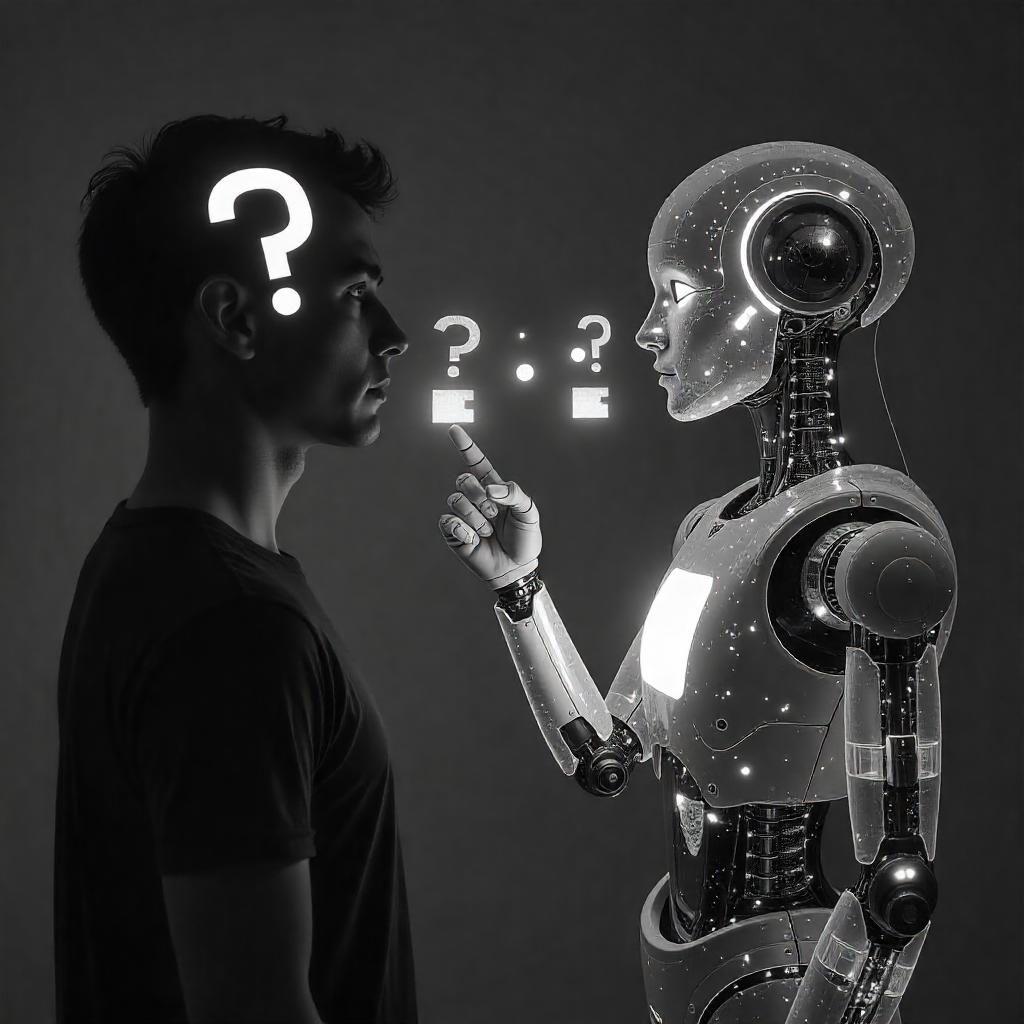Currently Empty: £0.00
Blog
Why Your AI Keeps Getting It Wrong (And How to Fix It)

Welcome to the frustrating, fascinating world of AI failures. These aren’t bugs—they’re features of how artificial intelligence actually works. Understanding why AI systems fail will make you infinitely better at using them effectively.
The confidence game: when AI doesn’t know it doesn’t know
The most dangerous AI failures aren’t the obvious ones—they’re the confident mistakes. Unlike humans, who typically express uncertainty when they’re unsure, AI systems often present their best guess with unwavering confidence, even when that guess is completely wrong. MitLaunchconsulting

This phenomenon, called AI hallucination, occurs because these systems are fundamentally prediction machines. They don’t “know” facts in the way humans do—they predict the most likely next word, pixel, or output based on their training patterns. When faced with unfamiliar situations, they don’t pause to consider uncertainty; they simply generate their best statistical guess.
Consider how ChatGPT might confidently tell you that the Eiffel Tower was built in 1887 (it was 1889) or that chocolate is toxic to humans (it’s toxic to dogs, not humans). The AI isn’t lying—it’s doing exactly what it was designed to do, generating the most probable response based on patterns in its training data.
The pattern trap: why context confuses AI
AI systems excel at recognizing patterns, but they often miss the forest for the trees. A facial recognition system trained primarily on well-lit photos might struggle with shadows, angles, or lighting conditions that seem obvious to humans. An AI trained on formal writing might fail spectacularly when asked to write casual social media posts.

This happens because AI systems learn from training data, and that data inevitably contains gaps, biases, and edge cases. If an AI was trained primarily on photos of golden retrievers, it might struggle to recognize a poodle as a dog. If it learned language primarily from formal documents, it might sound awkward in casual conversation.
The solution isn’t to expect AI to be perfect—it’s to understand these limitations and work with them strategically.
The data bias problem: garbage in, gospel out
Perhaps the most serious AI limitation is algorithmic bias—when AI systems perpetuate or amplify unfair patterns from their training data. Amazon discovered this when their AI hiring tool systematically discriminated against women because it was trained on historical hiring data from a male-dominated industry.

This isn’t just a technical problem—it’s a social justice issue. AI systems making decisions about loans, job applications, criminal justice, and healthcare can perpetuate systemic inequalities at unprecedented scale. Understanding this helps you recognize when AI outputs might be reflecting historical biases rather than objective truth.
The expertise illusion: when AI fakes knowledge
Modern AI systems can generate convincing content about virtually any topic, but convincing doesn’t mean correct. An AI can write a compelling article about quantum physics while fundamentally misunderstanding quantum principles, or provide confident medical advice while having no actual medical training.
This creates what researchers call the “expertise illusion”—AI systems that appear knowledgeable because they use proper terminology and confident ph
rasing, even when their underlying understanding is superficial or incorrect.

How to become an AI whisperer
Understanding AI limitations isn’t about avoiding these tools—it’s about using them more effectively. Here are practical strategies for getting better results:
1. Master the art of prompting Instead of asking “Write me a blog post about dogs,” try “Write a 500-word blog post for dog owners explaining how to recognize signs of anxiety in golden retrievers, including specific behavioral indicators and practical solutions.”
The more specific and context-rich your prompts, the better your results. Think of AI as an extremely capable but literal-minded assistant who needs clear, detailed instructions.
2. Use verification strategies Never trust AI outputs without verification, especially for important decisions. Cross-reference factual claims, ask for sources, and use multiple AI systems to compare responses. If an AI makes a claim that seems surprising, verify it independently.

3. Understand your AI’s training data Different AI systems excel at different tasks based on their training. ChatGPT is excellent for writing and general knowledge but shouldn’t be trusted for real-time information or highly specialized technical advice. Understand what your AI was designed to do.
4. Embrace iterative refinement If an AI’s first response isn’t quite right, don’t give up—refine your prompt. Ask for clarification, request examples, or provide additional context. Think of it as a conversation rather than a single query.
The future of AI reliability
AI systems are rapidly improving, but they’ll likely always have limitations. The goal isn’t to create perfect AI—it’s to create AI that’s transparent about its limitations and works collaboratively with human intelligence.

Future AI systems will likely include confidence indicators, showing you how certain they are about their responses. They might automatically suggest verification steps for important claims or flag when they’re operating outside their training expertise.
Your AI literacy advantage
By understanding these limitations, you’re not becoming an AI skeptic—you’re becoming an AI expert. You’ll get better results, avoid common pitfalls, and use these powerful tools more effectively than users who expect AI to be infallible.
The goal isn’t to trust AI blindly or reject it entirely—it’s to develop the AI literacy needed to navigate a world where artificial intelligence is increasingly integrated into every aspect of our lives. Your ability to understand, evaluate, and effectively collaborate with AI systems will become one of the most valuable skills you can develop.
Remember: AI doesn’t need to be perfect to be transformative. It just needs to be understood.




